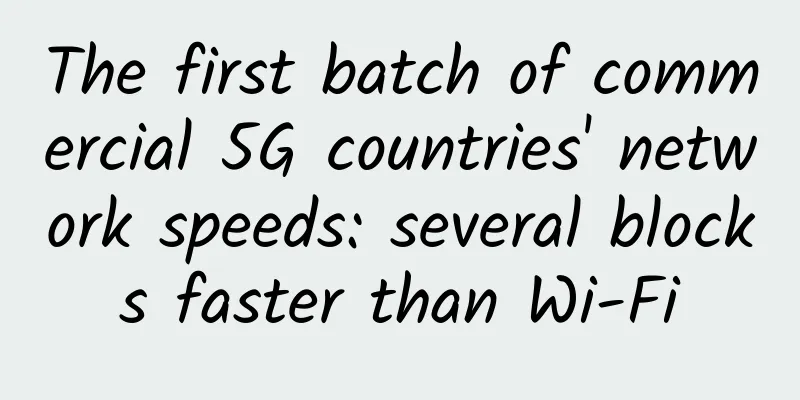New wireless technology extends 5G value proposition indoors

|
Since most 5G networks are deployed using the 3.5 GHz band, they are likely to be affected by indoor environments because outside-in cannot provide adequate indoor coverage in mid- and high-bands, 3.5 GHz, and millimeter wave (mmWave). Indoor wireless solutions are critical to the success of 5G in both consumer and enterprise markets. However, traditional solutions such as distributed antenna systems (DASs) do not support frequencies above 3 GHz and require significant retrofit engineering work to increase their capacity. Growing network capacity demands and costly field infrastructure upgrades are driving infrastructure providers to invest in other innovative technologies. A new wave of technologyABI Research said some of the revolutionary technologies include distributed massive multiple-input multiple-output (mMIMO), radio striping, holographic beamforming (HBF) antennas, pCell technology, open radio access network (RAN) DASs, and reconfigurable smart surfaces (RISs). Among these technologies, distributed mMIMO, HBF, and pCell are already available and are expected to be deployed on a large scale in 2023. “Distributed mMIMO integrates mMIMO into indoor systems to achieve gigabit connectivity and sustainable network capacity expansion. Tailored for mmWave and software-defined antennas, HBF antennas adopt the lowest possible architecture in terms of size, weight, power and cost (SWaP-C), which are recognized as important considerations for network operators in denser 5G networks. pCell technology exploits interference in wireless networks through large-scale coordination between distributed transceivers and synthesizes a cell for each user. “It exponentially increases spectrum capacity with uniform high data rates across the entire coverage area,” explained Fei Liu, industry analyst for 5G and mobile network infrastructure at ABI Research. “The move towards 5.5G Open RAN DAS could be another technology where there is an open interface between the Radio Unit (RU) and Virtualized RAN (vRAN) functions running on cloud infrastructure, thus reducing the number of transmitter elements and hence the associated power consumption, solving one of the main issues facing network operators. In the long term, RIS and Radio Stripes are seen as promising for improving indoor coverage,” Liu added. RIS is almost passive, has no power amplifiers, and does not transmit new waves. Therefore, power consumption is much lower. Radio striping is another technology that promises to improve network quality and performance while simplifying network deployment. "Academic research on RIS has been going on for several years, and now it is time for industry players (including vendors and network operators) to actively participate and provide clearer feedback on which directions to prioritize. RIS needs time and experience to become a revolutionary technology." - Liu Fei |
<<: Black screen problem on some live IPTV channels under BRAS equipment
>>: Five major trends in the new stage of 5G development
Recommend
Edge computing vs. cloud computing: Which is more efficient?
Cloud computing provides businesses with the oppo...
Five-minute technical talk | AI technology and the governance of "cyber violence"
Part 01 What is “cyberbullying”? "Cyber vi...
iOVZ VPS 20% off monthly payment, 30% off annual payment, Korean (SK)/US (Coresite) data center
iOVZ Cloud has launched a regular promotion for M...
Why the United States wants to delist China's three major operators
According to the Russian Satellite Network, regar...
2017Q1 China Wireless Router Market Research Report
With the popularity of WiFi and mobile devices, w...
Intranet master-slave smart DNS, no more worries
[[432985]] This article is reprinted from the WeC...
Omdia: Traditional PON equipment vendors face three major challengers
Recently, Julie Kunstler, senior analyst at Omdia...
Unveiling the secrets of improving IT management efficiency in the AI era | "2024 Volcano Engine Feilian New Product Launch Conference" live preview
AI technology is sweeping every field at an unpre...
The overlooked hardware vulnerabilities in enterprise networks
Typically, hackers will gravitate to the weakest ...
Huawei Storage promotes the "all-cloud, flash-based" strategy to eliminate bottlenecks in migrating key services to the cloud
[51CTO.com original article] With the development...
EtherNetservers: $14.95/year-1GB/40G SSD/1TB@10Gbps/Los Angeles data center/supports Alipay
EtherNetservers is a foreign hosting company that...
I experienced 5G network on Beijing Line 16 for a while and used up 7GB of data
What is 5G? Do I need to change my SIM card? Can ...
8 trends in infrastructure development in 2018
Cloud computing is gradually gaining favor among ...
Andrew Ehlers: Promoting with an ecological approach from a data perspective
[[327407]] Director of Global Technology and Solu...
IonSwitch: 20Gbps bandwidth/NVMe hard drive US VPS annual payment starts at $25
IonSwitch is a foreign hosting company founded in...









